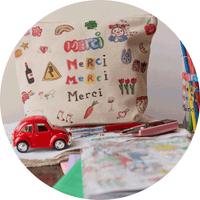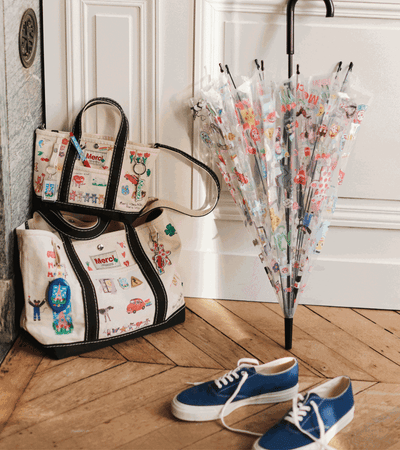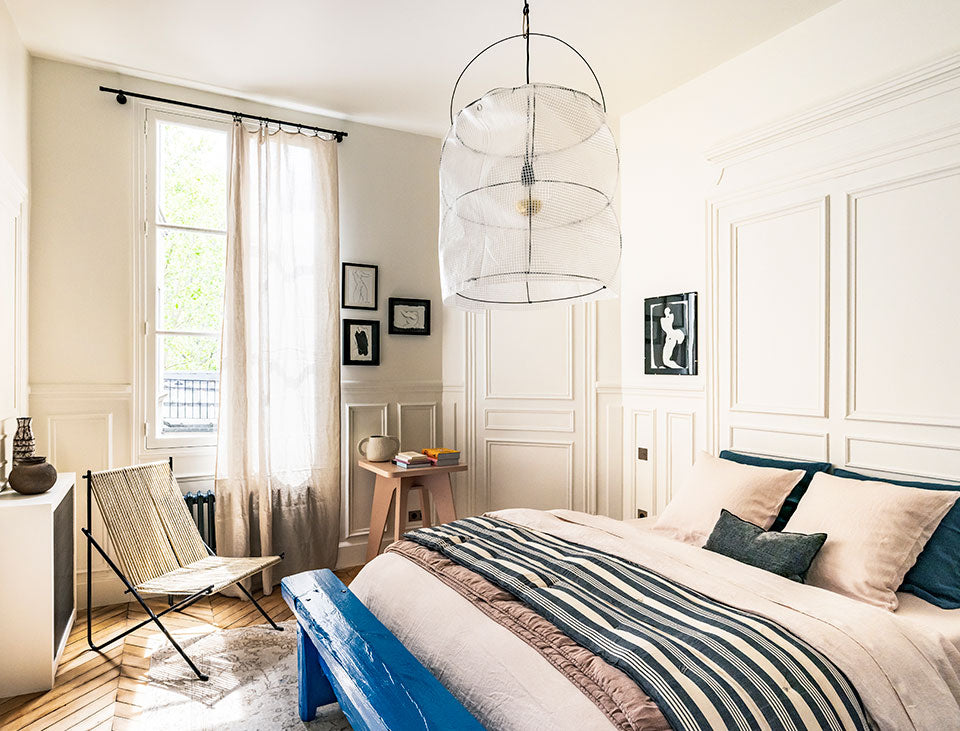Two years ago, Merci found the perfect setting to bring to life its vision of everyday lifestyle. It was captured in the Pied-à-terre, a typical Parisian flat entirely refurbished to reflect the store’s style, spirit and values.
This year, Merci is revisiting the experience with the Second Residence, set to debut in October, which will once again bear witness to the brand’s expertise.
Since its inception in 2009, Merci has been a champion of a distinctive lifestyle advocating eclecticism and a melange of influences — pairing antiques with contemporary designs, mixing two antagonistic aesthetics, combining a mass-produced object with artisanal pieces...
These are just some of the possibilities manifesting this singular vision.




















































